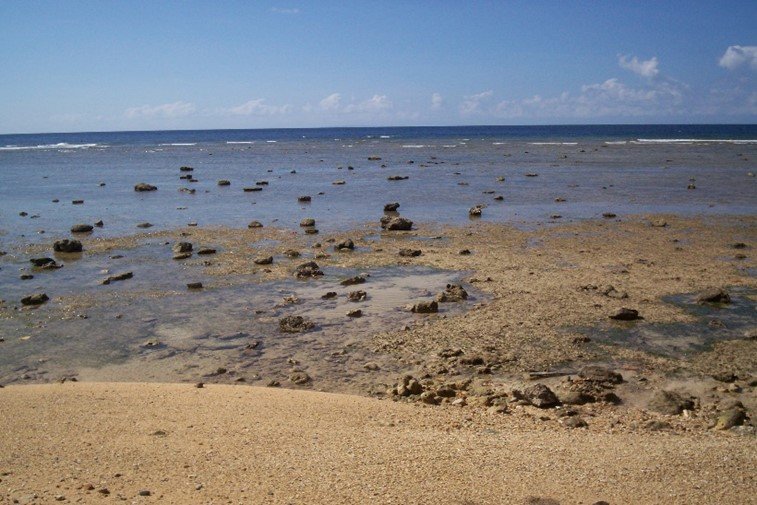Atog - Bisayan fish traps of the philippines
By Cynthia Neri Zayas, Heather Earle, Daniella LoScerbo
Ancestral Connections & Geographic Extent Temporal Extent Biophysical Manipulations Target Species Ceremony & Stewardship Current Status
Scattered stones from Ocendo’s atog - Photo by Lilian dela Pena
Ancestral Connections & Geographic Extent
In central Philippines, the Bisayan people constructed fish traps called atob or atog in the Visayan Archipelago. This archipelago is comprised of the larger islands of Samar, Leyte, Cebu, Negros, and Panay (Zayas 2019). Today, these innovations are owned by the descendants of Bisayan fish trap builders (Cynthia Neri Zayas, personal communication).
Temporal Extent
Little is known of the antiquity of these fish traps in the Visayan Archipelago. A book published in 1950 (Umali 1950) describes and classifies various traditional fishing gear and weirs in the Philippines but there is little published documentation prior to that.
Biophysical Manipulations
Atog are semi-circular barricades built with coral and stone arranged at low tide and floated out to deeper depths by bamboo rafts at high tide (Zayas 2019). These barricades were constructed parallel to shore, approximately 1 metre high and ranging in length from 10 to 300 metres. Fish become trapped at low tide and were retrieved with a sikpaw or siput (mesh scoop) or even picked up by hand or speared at very low tides (Zayas 2004).
Casuncag’s atog in Aklan province - Photo by Lilian dela Pena
Atog in Antique Province - Photo by Lilian dela Pena
Target Species
These traps target a diversity of prey including eels, squids, catfish, jmajorras, soft-shelled crabs, sea cucumber, varieties of mullet, stingrays, scorpion fish, needle fish, and other small fish (Zayas 2004).
Mullet (Mugil cephalus) - Illustrated by Lilly Crosby
Ceremony & Stewardship
Atog are privately owned and managed, carrying the name of their owners, and can be built by anyone given permission from the chief (Zayas 2019). Catch is shared within the community, and one may also be able to catch fish by asking permission from the owner of the atog (Zayas 2004).
Current Status
Most atog are no longer in use. Many have been dismantled to use the stones for protecting land from mangrove encroachment. Further, increased fishing effort inshore have limited the ability of marine life to freely come close to the shore (Zayas 2004).
References
Umali, A.F. 1950. Guide to the classification of fishing gear in the Philippines. U.S. Government Printing Office, Michigan.
Zayas, C. N. 2004. Two sides of Philippine lithic heritage. Philipinas 43:55–70.
Zayas, C. N. 2019. Stone tidal weirs rising from the ruins. Journal of Ocean & Culture 2:88–109.



